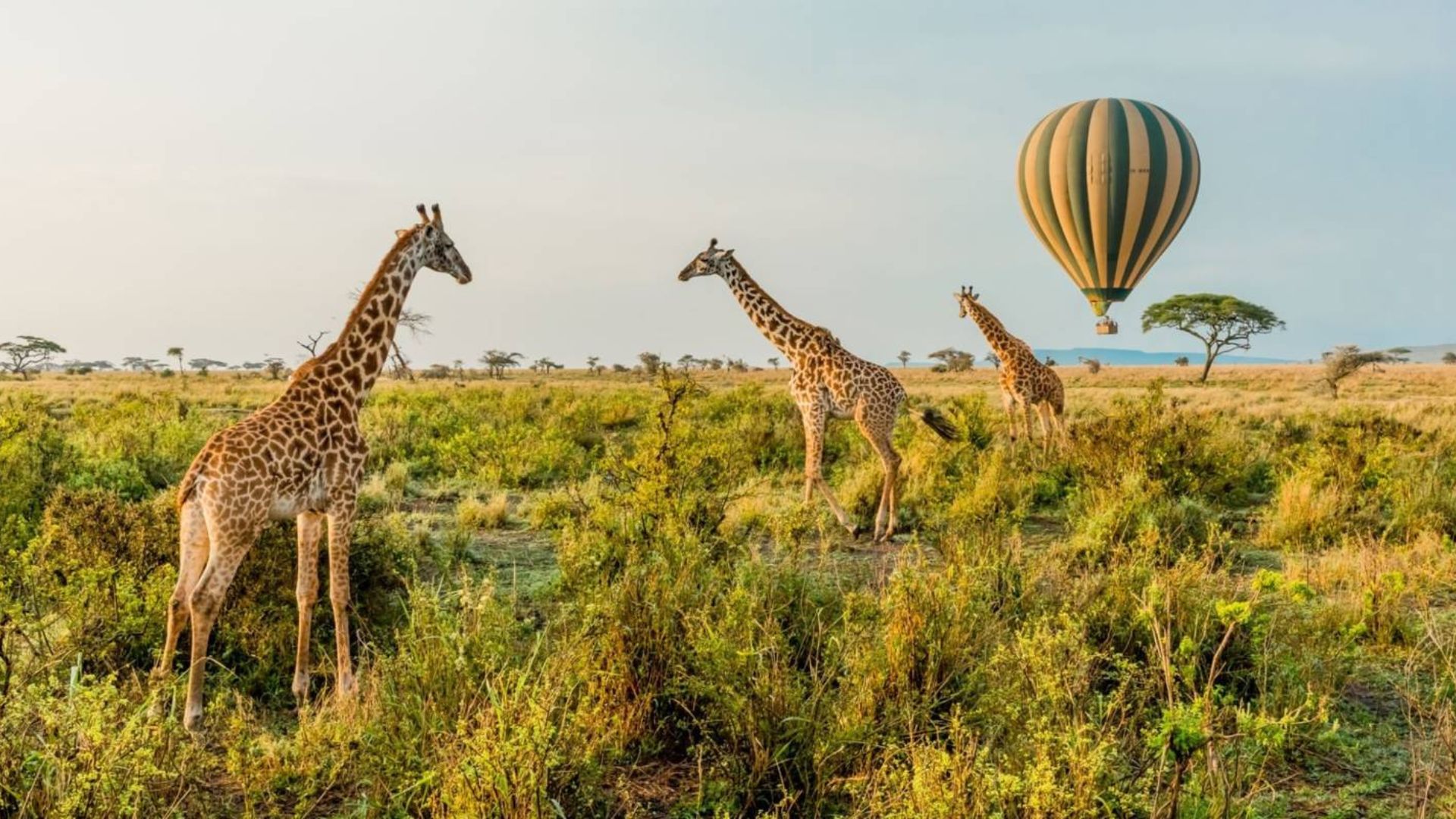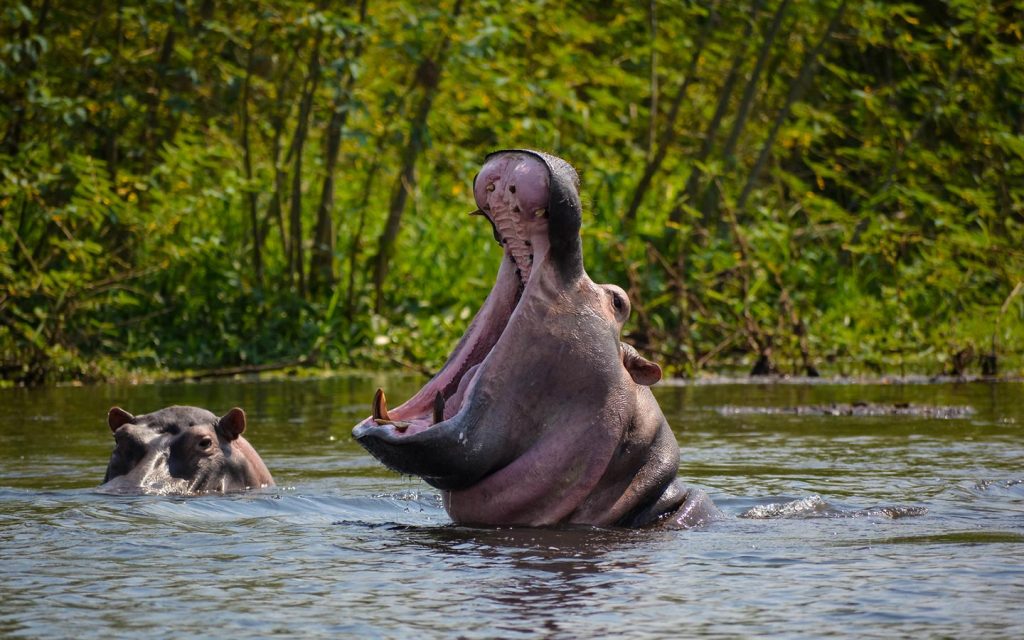The Journey of Wildebeests Across Tanzania and Kenya
Quick facts
Every year, over 1.5 million wildebeests, accompanied by hundreds of thousands of zebras and gazelles, embark on a breathtaking journey across the plains of Kenya’s Maasai Mara and Tanzania’s Serengeti. Known as the Great Wildebeest Migration, this epic movement is one of the Seven Natural Wonders of Africa and a bucket-list experience for wildlife lovers and safari enthusiasts worldwide.

What Is the Wildebeest Migration?
The migration is a circular, seasonal movement driven by rainfall and the search for fresh grazing. It spans nearly 1,800 miles annually, following a clockwise pattern:
- January–March: Calving season in the southern Serengeti. Over 500,000 calves are born in just a few weeks.
- April–June: Herds move northwest as the rains end, crossing woodlands and rivers.
- July–October: The dramatic Mara River crossing into Kenya’s Maasai Mara—where crocodiles lie in wait and predators like lions and hyenas stalk the herds.
- November–December: Wildebeests return south to Tanzania as the short rains begin.
What you must see!
Why It’s a Must-See
- Unmatched wildlife spectacle: Witness thousands of animals moving in unison across vast savannahs.
- Predator action: Big cats, crocodiles, and scavengers follow the herds, offering thrilling sightings.
- Photographic paradise: Golden light, dramatic landscapes, and intense animal interactions make for unforgettable shots.









